Building a Strong Foundation: The Essential Base Layer for Paver Projects
When undertaking a paver project, the most critical component is the base layer. A properly prepared base ensures the longevity and durability of your paver installation. Here’s a step-by-step guide to building a strong foundation for your paver projects:
Step 1: Site Preparation
Begin by clearing the site of any vegetation, rocks, and debris. Mark the area using stakes and string to outline the space where your pavers will be laid.
Step 2: Excavation
Excavate the area to the required depth, which typically ranges from 6 to 12 inches, depending on the type of pavers and the load they will bear. The depth should accommodate the base layer, the sand layer, and the pavers.
Step 3: Sub-Base Installation
The sub-base is crucial for stability, especially in areas with heavy traffic. Use crushed stone or gravel for this layer. Spread the material evenly and compact it thoroughly with a plate compactor to prevent future settling.
Step 4: Adding the Base Layer
The base layer consists of a finer crushed stone or aggregate. Spread this material over the compacted sub-base, ensuring it’s evenly distributed. Compact this layer as well to create a solid foundation.
Step 5: Sand Layer
A layer of coarse sand is spread over the compacted base. This layer allows for minor adjustments and provides a smooth surface for laying the pavers. Screed the sand to ensure an even thickness.
Step 6: Laying the Pavers
Begin laying the pavers in your desired pattern, starting from a corner or edge. Place them closely together, and use a rubber mallet to gently tap them into the sand layer.
Step 7: Joint Sand
Once all pavers are laid, spread sand over the surface and sweep it into the joints between the pavers. This helps lock the pavers in place and prevents shifting.
Step 8: Final Compaction
After filling the joints with sand, use the plate compactor to compact the entire area again. This will settle the pavers into the sand and ensure a level surface.
Step 9: Sealing (Optional)
Sealing the pavers can provide added protection against stains and enhance their color. This step is optional but recommended for areas prone to spills or heavy use.
Tips for Success
- Choose Quality Materials: Use high-quality materials for the base and pavers to ensure durability.
- Proper Compaction: Compaction is key at every stage to prevent settling and shifting.
- Drainage Considerations: Ensure proper drainage to avoid water accumulation, which can weaken the base.
By following these steps, you can build a strong, long-lasting foundation for your paver projects, ensuring a beautiful and durable outdoor space.
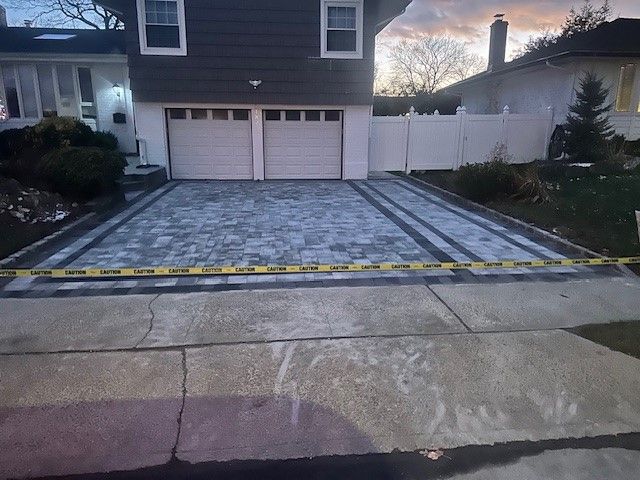
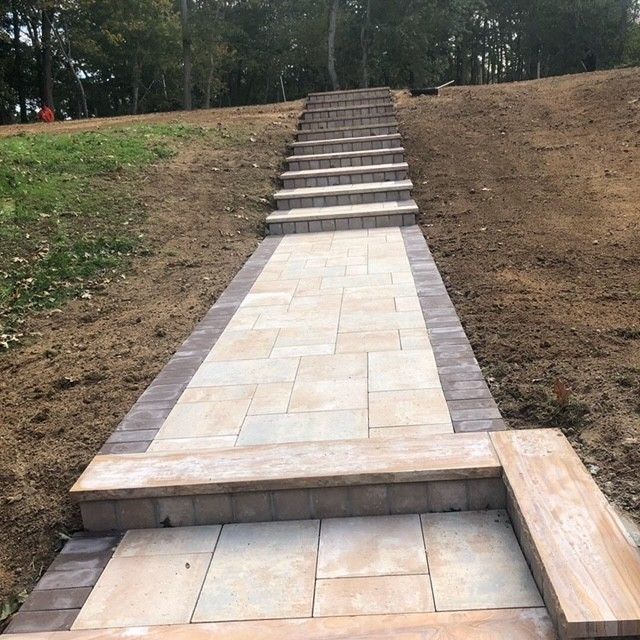
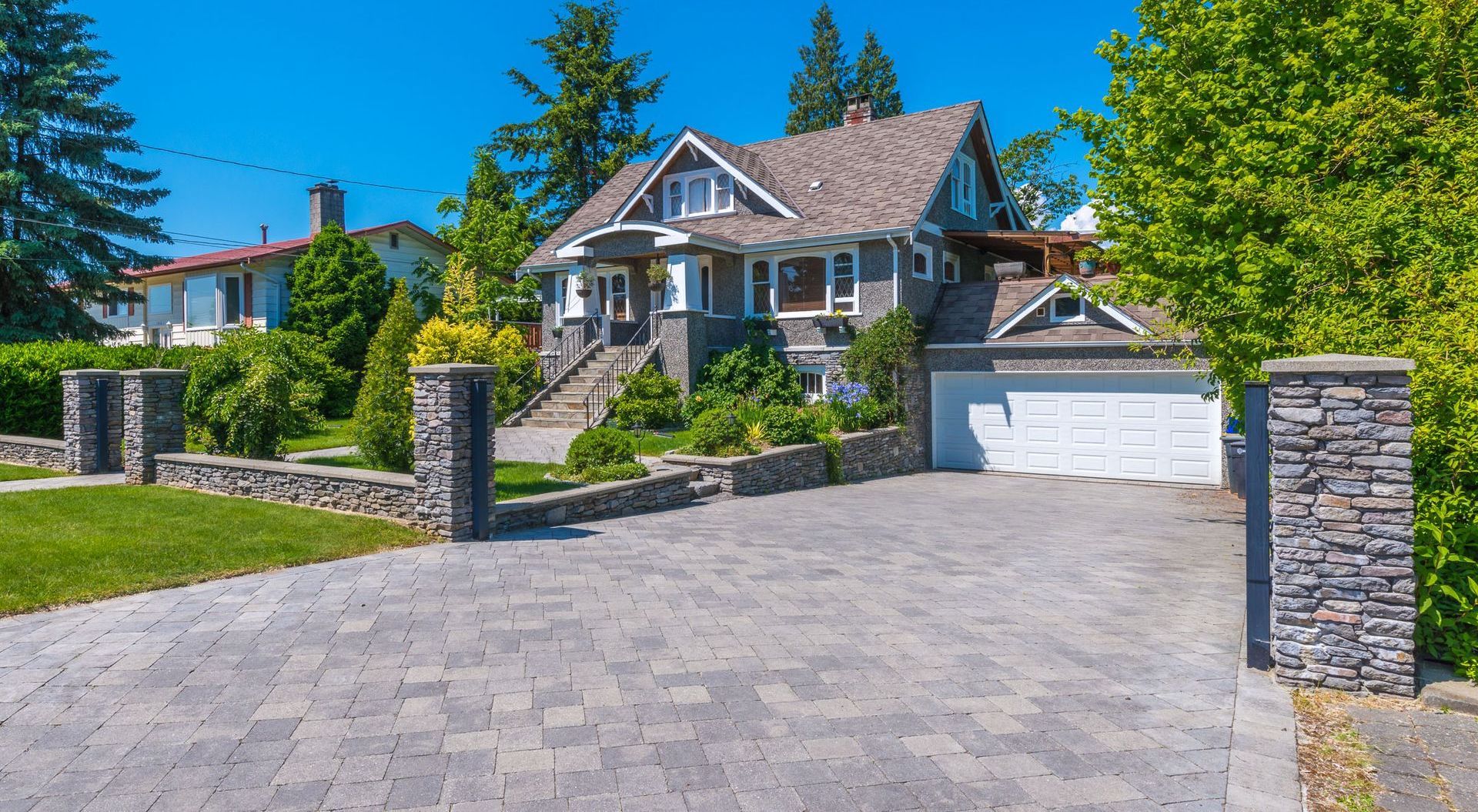


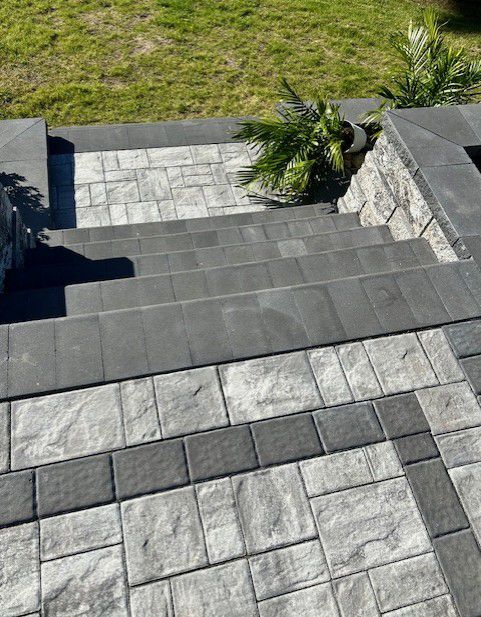

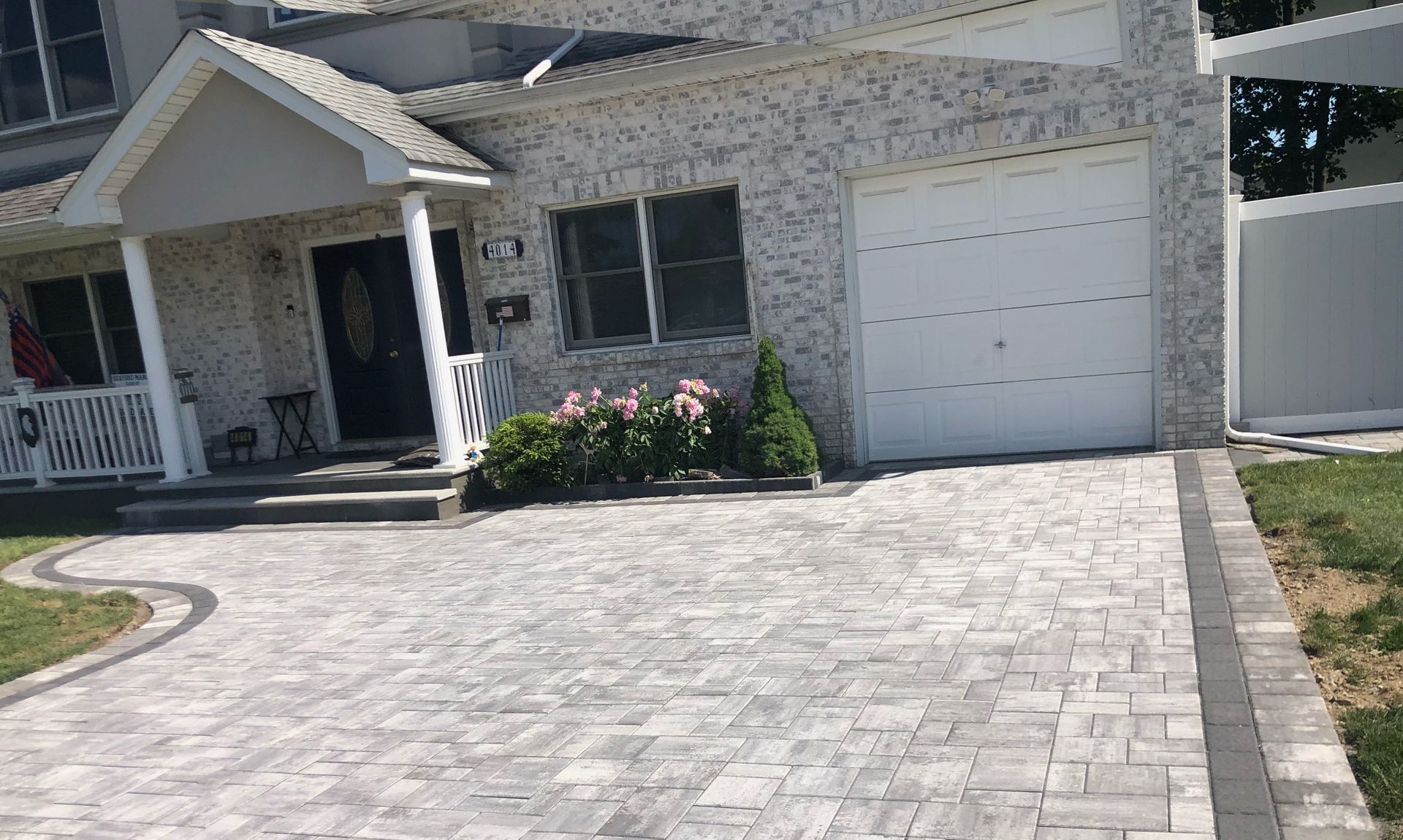
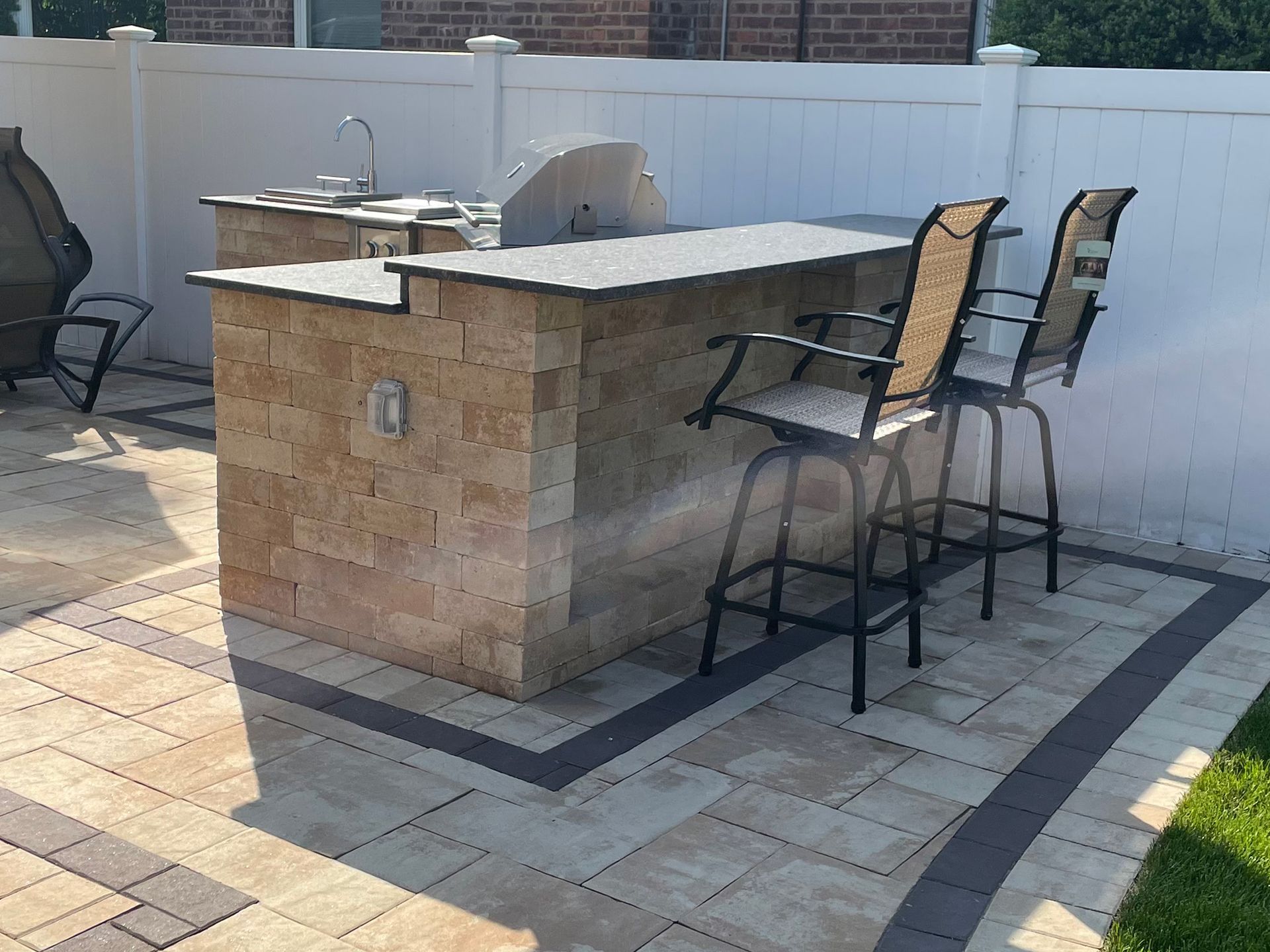
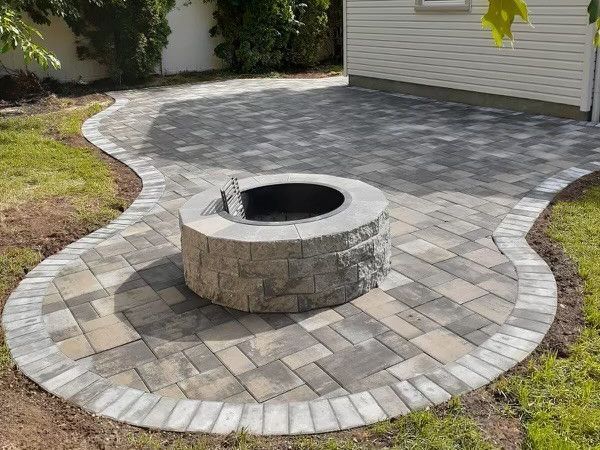
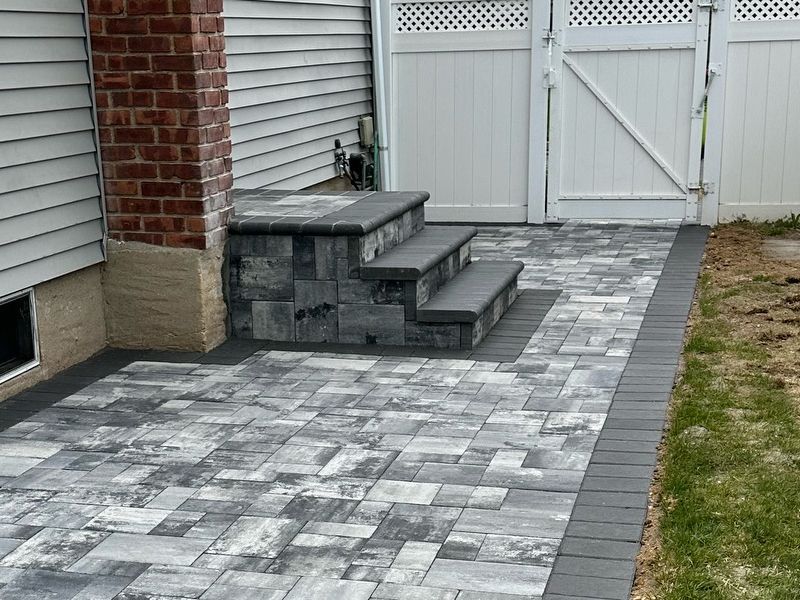

Share On: